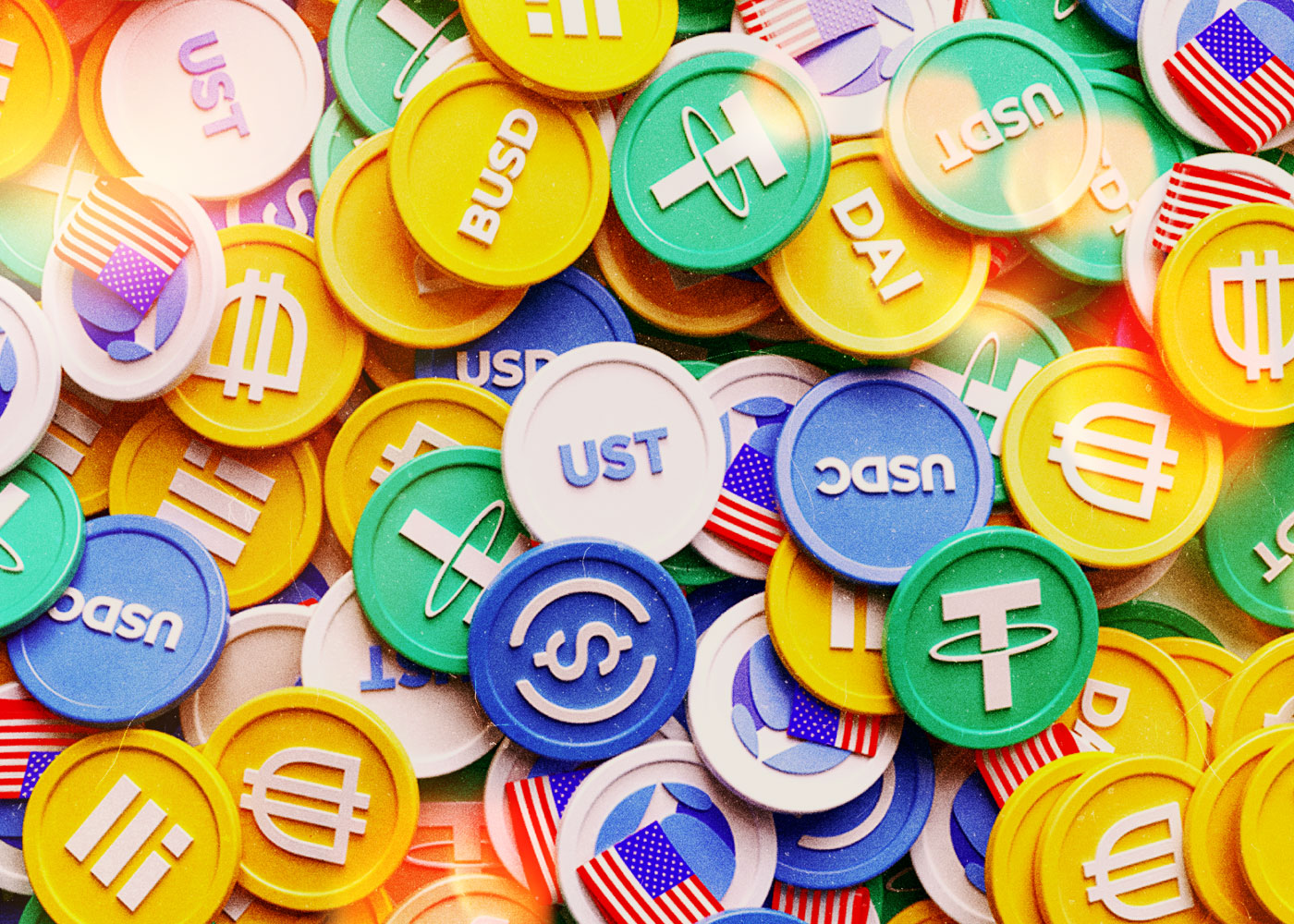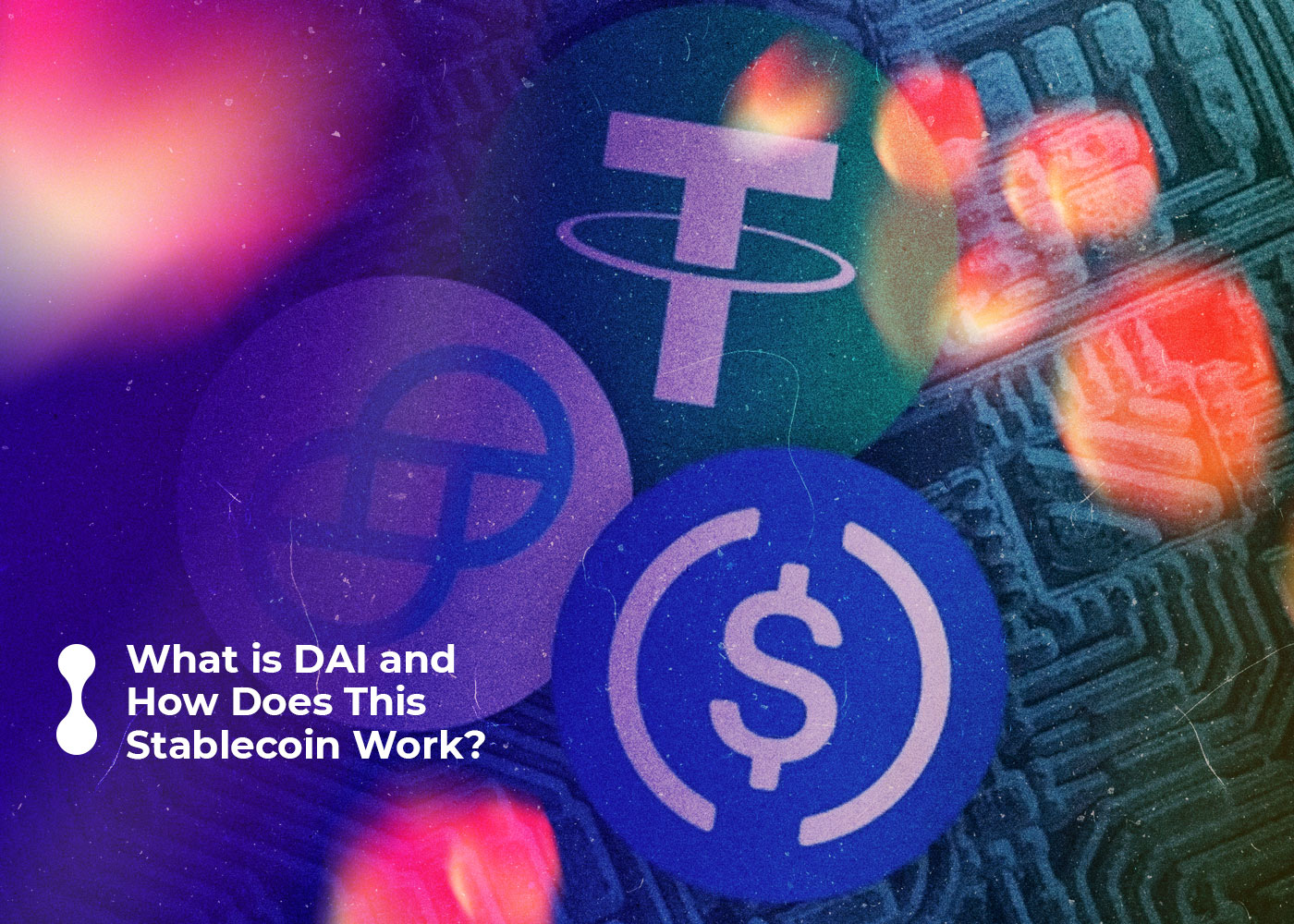DAI is an Ethereum-based stablecoin whose distribution and development is managed by the Maker Protocol and the decentralized autonomous organization MakerDAO.
What currency is DAI pegged to?
The price of DAI is dynamically pegged to the US dollar and is backed by a mix of other cryptocurrencies that are placed in a smart contract vault each time a new DAI is created.
It is important to distinguish between multi-collateralized DAI and single collateralized DAI (SAI), an older version of the token that can only be collateralized with a single cryptocurrency; SAI does not support the DAI savings rate, which allows users to save money by holding DAI tokens.
Who founded DAI?
DAI is distinguished by the fact that it was not founded by a single person or a small group of people. MakerDAO and the Maker Protocol govern the development of the software it supports and the issuance of new tokens.
MakerDAO is a decentralized autonomous organization, a type of business that operates in a decentralized manner through the use of smart contracts, which are self-executing agreements encoded in software code and implemented on the Ethereum blockchain.
The organization is democratically governed by Maker (MKR) governance token holders, which function similarly to shares in a traditional company. MKR holders can vote on key decisions related to the development of MakerDAO, the Maker Protocol, and DAI, and their voting rights are proportional to the amount of Maker tokens they own.
CreatorDAO was founded in 2015 by Danish entrepreneur Rune Christensen. Before working on the Maker ecosystem, Christensen studied biochemistry and international business at the University of Copenhagen and founded the international recruitment company Try China.

Powered by software, not a commercial entity!
Another important advantage of DAI is that it is not managed by a commercial company, but by an independent and decentralized organization that uses a software protocol. As a result, all cases of token issuance and destruction are handled by self-executing smart contracts based on Ethereum and are publicly documented, making the entire system more transparent and less susceptible to manipulation.
In addition, the DAI software development process is more democratically organized through direct voting by members of the token ecosystem.
What is the status of DAI after Terra?
Although DAI was the first of its kind, it has begun to lose market share to alternatives that have been successful in the current bull market, most notably Terra’s UST – now TerraClassicUSD. Unlike DAI, UST is an algorithmic, dollar-linked, low-collateralized stablecoin. However, due to a lack of collateral and an inadequate algorithm, the stablecoin and the underlying Terra, now TerraClassic token, could not withstand a sharp selloff. As a result of the disaster, the entire Terra ecosystem collapsed, resulting in the loss of UST’s $18.6 billion market cap. Here is a detailed description of the Terra collapse.
Not surprisingly, UST’s price decline had a significant impact on other stablecoins like DAI. Although DAI managed to maintain its peg to the USD, its market cap dropped from $8 billion to $6.33 billion. However, once the token gained a foothold, demand for DAI exploded, resulting in a premium (around $1) being placed on DAI tokens.
While the death of UST poses a threat to the viability of algorithmic stablecoins, DAI’s performance may show that all is not lost for decentralized stablecoins. It also underscores the importance of stablecoin overcollateralization.
Other content you may be interested in: Explained: What Is A Credit Score, Why Is It Important?
